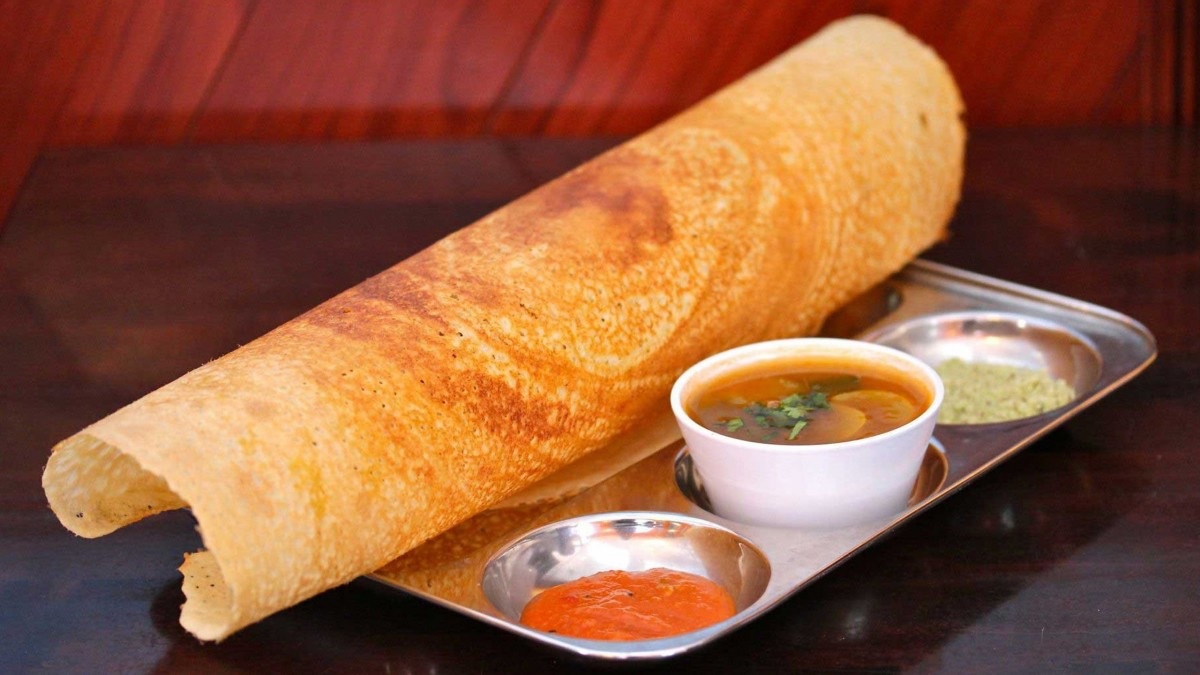The culinary landscape of India is as diverse as its cultural tapestry, with each region boasting its own unique flavors and specialties. Among the myriad delights of Indian cuisine, the masala dosa stands out as a quintessential dish from the southern part of the country. Crisp, golden crepes filled with a savory potato masala, accompanied by coconut chutney and tangy sambar, the masala dosa is a symphony of flavors and textures that has won hearts across the globe. In this comprehensive guide, we will delve into the origins of the masala dosa, explore its ingredients and preparation techniques, and provide step-by-step instructions to help you recreate this culinary masterpiece in your own kitchen.
Origins of Masala Dosa:
The origins of masala dosa can be traced back to the southern Indian state of Karnataka, particularly the city of Udupi, renowned for its rich culinary heritage. While the exact origins are subject to debate, it is believed that masala dosa evolved from the traditional dosa, a thin, crispy pancake made from fermented rice and lentil batter. Over time, variations of dosa emerged, with the addition of different fillings and accompaniments, giving rise to the beloved masala dosa that we know today.
Ingredients:
Dosa Batter: The key to a perfect masala dosa lies in the dosa batter, which is made from a combination of soaked rice and lentils (usually urad dal). The proportions may vary slightly depending on personal preference, but a typical ratio is 2 parts rice to 1 part urad dal. The batter is fermented overnight to develop its characteristic tangy flavor and airy texture.
Potatoes: The filling for masala dosa is typically made from boiled and mashed potatoes seasoned with a blend of spices such as mustard seeds, cumin, turmeric, and curry leaves. Green chilies, ginger, and onions are often added to enhance the flavor.
Oil: Traditionally, ghee (clarified butter) or coconut oil is used for cooking dosas, imparting a rich aroma and flavor to the dish. However, any neutral oil with a high smoke point can also be used.
Chutney: Coconut chutney, made from fresh grated coconut, green chilies, ginger, and tempered with mustard seeds and curry leaves, is the perfect accompaniment to masala dosa. Additionally, tomato chutney or mint chutney can also be served for added variety.
Sambar: A flavorful lentil-based stew, sambar is an essential component of a masala dosa meal. Made with pigeon peas (toor dal), tamarind, and a medley of vegetables such as tomatoes, carrots, and potatoes, sambar adds a tangy and spicy contrast to the dosa.
Preparation:
Making Dosa Batter:
Rinse the rice and urad dal separately and soak them in water for at least 6 hours or overnight.
Drain the water and grind the rice and urad dal to a smooth paste separately, using a little water if necessary.
Mix the ground rice and urad dal together, adding salt to taste, and let the batter ferment overnight or for 8-12 hours in a warm place.
Preparing Potato Masala:
Boil potatoes until they are tender, then peel and mash them coarsely.
Heat oil in a pan and add mustard seeds. Once they start to splutter, add cumin seeds, curry leaves, chopped green chilies, and ginger.
Add chopped onions and sauté until they turn translucent.
Add turmeric powder and mashed potatoes, stirring well to combine. Season with salt to taste and cook for a few minutes until the flavors meld together. Remove from heat and set aside.
Cooking Dosa:
Heat a non-stick skillet or dosa tawa over medium heat. Once hot, pour a ladleful of dosa batter onto the center of the skillet and spread it in a circular motion to form a thin crepe.
Drizzle a little oil around the edges of the dosa and cook until the bottom turns golden brown and crisp.
Spoon a generous portion of potato masala onto the center of the dosa and fold it over to encase the filling.
Serve hot with coconut chutney and sambar on the side.
Serving:
Masala dosa is traditionally served hot, accompanied by coconut chutney and sambar. Garnish with chopped cilantro for a pop of freshness.
Enjoy the dosa by tearing off pieces with your hands and dipping them in the chutney and sambar for a burst of flavors in every bite.
Conclusion:
Masala dosa is more than just a dish—it’s a culinary experience that celebrates the vibrant flavors and textures of South Indian cuisine. Whether enjoyed for breakfast, lunch, or dinner, masala dosa never fails to delight with its crispy exterior, fluffy interior, and aromatic potato filling. With the right ingredients and techniques, you too can master the art of making masala dosa at home, transporting your taste buds to the streets of Karnataka with every bite. So roll up your sleeves, gather your ingredients, and embark on a flavorful journey that will leave you craving for more.

